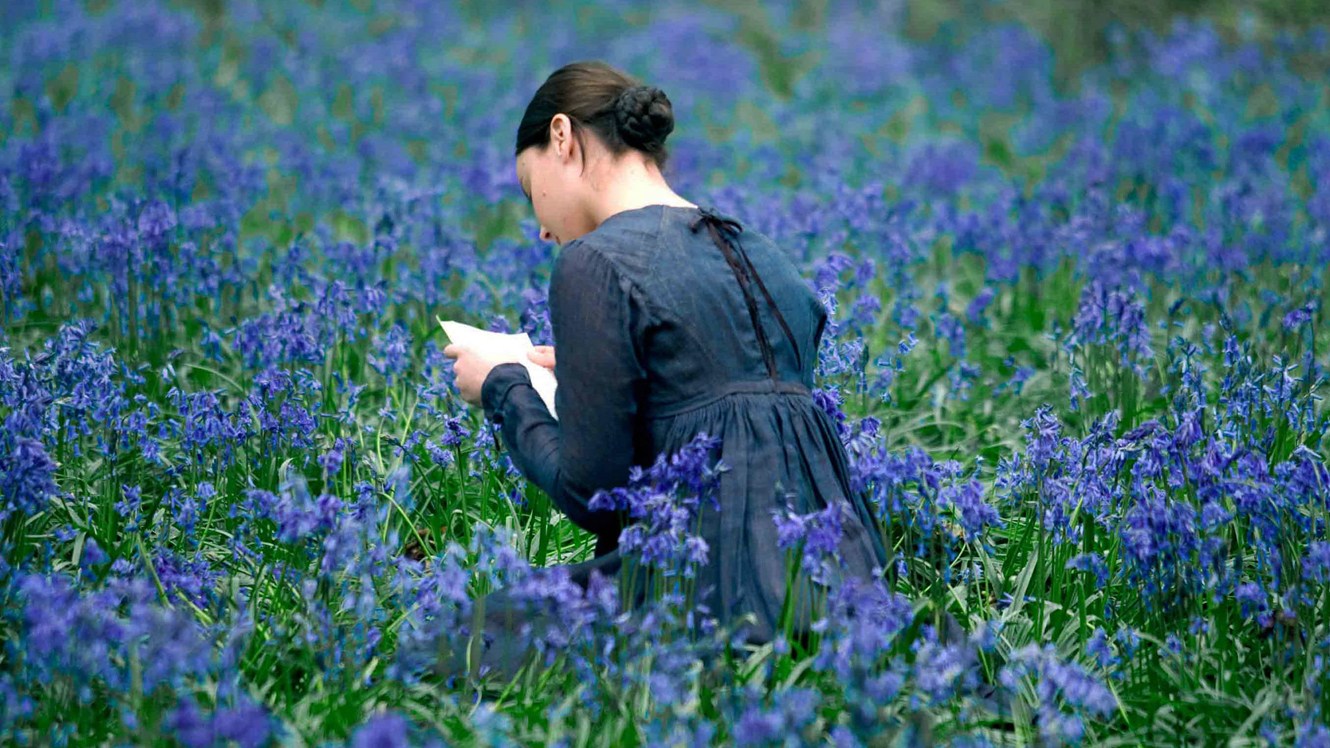
Jane Campion’s body of work is one to be greatly admired. She is the only woman to have ever won the Palme D’Or at the Cannes Film Festival and the second of only four women in the history of the Academy Awards to have been nominated for Best Director. The New Zealand born filmmaker is one of the greatest living directors and her work is always bold, fascinating and uncompromising.
It is difficult to rank a filmmakers work from worst to best when there is something special about each of Campion’s films. Jane Campion’s filmography often pushes beyond boundaries and comfort zones to challenge the viewer. Her groundbreaking explorations of what it means to be a woman mark her work as undeniably feminist.
The women in Jane Campion’s works are complex, mysterious, multifaceted, and most importantly, they are real to life. All the women are trapped in some way and this is often brought about by the men in their lives. Her male characters are written just as well as her female characters. They are brutal and often manipulative yet she also shows their weaknesses and their vulnerability by subverting the lens which has often been gendered in the past towards showing masculinity and femininity in a certain way.
This list includes Jane Campion’s acclaimed recent miniseries Top of the Lake (2013-2017), as well as her sensational collection of films, as it is cinematic in its own right.
8. Holy Smoke! (1999)
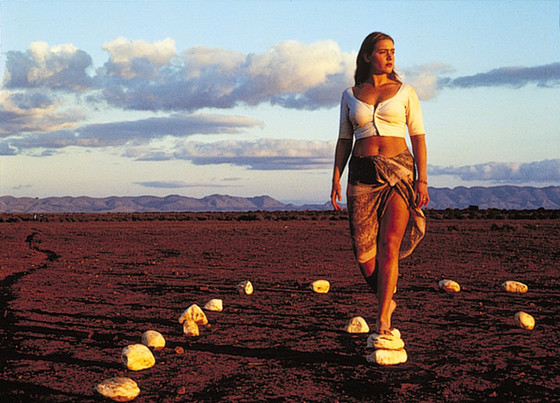
Even though I have ranked Holy Smoke! as last in this retrospective of Jane Campion’s filmography, it is still a remarkable exploration of one woman’s search for her authentic self and therefore is not necessarily a bad film, it is just the one which I happen to like the least.
Campion co-wrote the screenplay for Holy Smoke! with her sister Anne Campion and the film stars Kate Winslet and Harvey Keitel, who Campion worked with previously on The Piano (1993). Winslet stars as Ruth, a young woman who experiences newfound spiritual enlightenment when travelling in India, which alerts the concerns of her parents who bring her back to her home in Australia. They force her to see an American cult exiter, played by Keitel.
Like the other women at the centre of Campion’s films, Ruth is encountering a difficult and complicated stage in her life. Campion explores issues of religion and sex as society attempts to control Ruth’s freedom and beliefs.
The Australian outback encapsulates the predatory atmosphere during their three day consultation as Keitel’s P.J. Waters begins to fall in love with Ruth. The intensity and eroticism builds to a ridiculous and satirical climax in which Campion directs an implicitly feminist cross dressing sequence. Ruth uses this gender role reversal to her advantage in a game of sexual politics which allows her to regain power in a situation where her agency was previously removed from her.
Holy Smoke! received a fair amount of criticism upon its release, however it can be argued that it is the most fun out of Campion’s works. It is an interesting exploration of a headstrong woman who is put in a vulnerable position for attempting to choose her own path, yet it is the man who by the end of the film has been swapped into this position of vulnerability. The film challenges and has similar themes to Campion’s other works, yet it is also completely different in tone and showcases her range and capabilities as a filmmaker.
7. The Portrait of a Lady (1996)
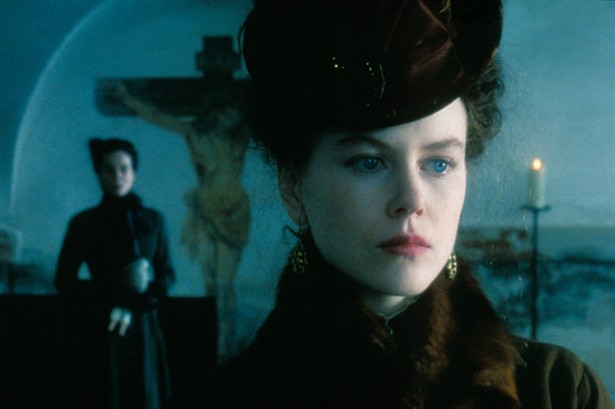
From the opening sequence of The Portrait of a Lady, Campion’s version of the Henry James novel subverts expectations of what the viewer expects of a literary adaptation of a costume drama. A contemporary feel is instantly created by having clips of modern women at the beginning which raises the discussion of the story’s relevance in today’s society and informs a sophisticated interpretation of the text which comments on how Isabel Archer challenges society’s view of women.
In Jane Campion’s follow up to the acclaimed The Piano, Nicole Kidman plays Isabel Archer who is an American living in England in 1872. She is headstrong and independent at the beginning of the film as she refuses a proposal and is accused of being too fond of her own ways as she remarks “I shall probably never marry”. Isabel is left a large fortune by her uncle and this lavish account follows how she becomes trapped in a toxic relationship as she is manipulated for her husband’s financial gain.
Isabel Archer is one of Henry James’ most well loved characters and Kidman is excellent in the role. With a supporting cast which includes John Malkovich, Barbara Hershey and Mary Louise-Parker, The Portrait of a Lady is a sumptuous and lush production to view from the cinematography to the costume design, yet it almost feels like something is missing. It is a composed interpretation of the text yet it often feels too slow and is surprisingly not as daring or challenging as Campion’s other works.
6. In the Cut (2003)
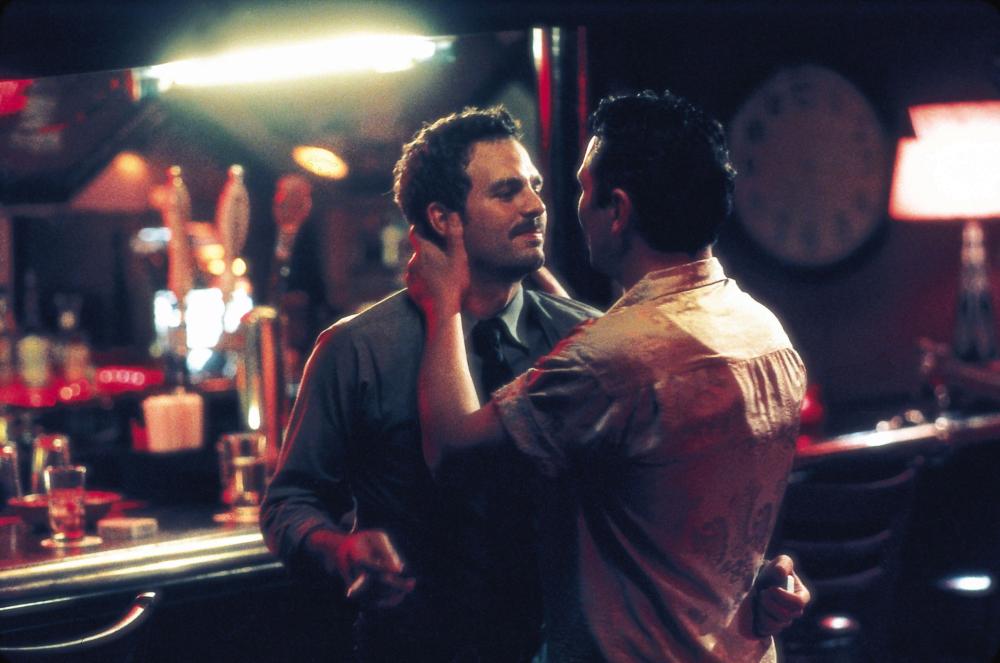
Campion’s move into the neo-noir genre underwhelmed critics and the box office at its initial release, yet In the Cut is an elaborate and layered film full of bold and refreshing choices for a genre film.
Meg Ryan plays Frankie Avery, a literary professor and writer, who at the beginning of the film is a voyeur to a sexual act by accident. This becomes important later on in the film, yet the mystery unravels slowly and intricately. Violent and gruesome murders have been occurring in her neighbourhood and all the victims are women. Detective Giovanni Malloy, played by Mark Ruffalo, comes to her apartment to ask her questions about the murder but also to warn her that she may be in danger. This all sounds familiar to the genre yet Campion subverts this through her portrayal of Frankie’s sexual agency.
There is a blurring of the divide between desire and violence, as after describing the explicit details of the violence that has occurred Malloy gives her his number and a sexual relationship begins to develop. She begins to suspect his behaviour and questions whether he is the murderer, yet she still plays the game and desires the mystery in not knowing for certain.
Campion’s portrayal of sexually liberated women is refreshing in this genre of filmmaking. It is also unusual to have strong female relationships within this genre and Frankie’s relationship with her sister Pauline, played by Jennifer Jason Leigh, is important when considering how Campion breaks the mould and creates a bold new vision with In the Cut.
Aesthetically the film feels hazy and dreamlike, yet still gritty and dark reminding the viewer of a genre we are all familiar with. Although the film was not as well received as would reflect the bold choices of the filmmaker, In the Cut is successful in challenging genre stereotypes by blurring violence, seduction and voyeurism to create a provocative character study.
5. Bright Star (2009)
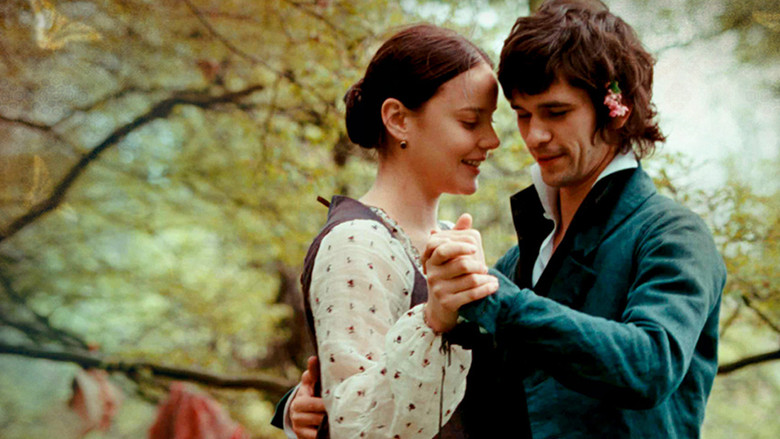
“Bright star, would I were steadfast as thou art.”
The tragic love affair between John Keats, played by Ben Whishaw, and Fanny Brawne, played by Abbie Cornish, is captured by Campion from the point of view of the young Fanny, who has often been disregarded throughout history as being merely a flirt. However, Campion challenges expectations of what the viewer anticipates in a biopic about John Keats by portraying the story from Fanny’s perspective. She is portrayed as a highly skilled and strong willed woman who falls in love.
Campion highlights her creative and ambitious qualities through her designing of her own clothes. Fanny remarks at one point in the film that she can make money from her clothes making whereas Keats and his best friend Charles Armitage Brown, played by Paul Schneider, are merely writers so are unable to make a profit. By challenging history’s dismissal of Fanny, Campion allows another female character in her films to flourish and break free from their entrapment in society.
The romantic months of the spring and summer seasons, of nature, and of light and colour are prevalent in the beautiful and romantic aesthetic of Bright Star. First love and longing is captured in these intricate details of the film which later leads to heartbreak and despair with the real life tragedy which follows. The success of Bright Star is in part due to Ben Whishaw and Abbie Cornish’s remarkable chemistry in their roles.
One of their most memorable scenes on screen together is when their bedrooms are wall to wall and they feel either side of the wall as if they can sense one another’s presence even when they are apart. This exploration of closeness and being caught up in the intensity of the moment makes their love story seem even more real and genuine. It is this study of the feeling of exultation in the everyday and the normal when experiencing intense love which makes Bright Star a beautiful and special cinematic experience.